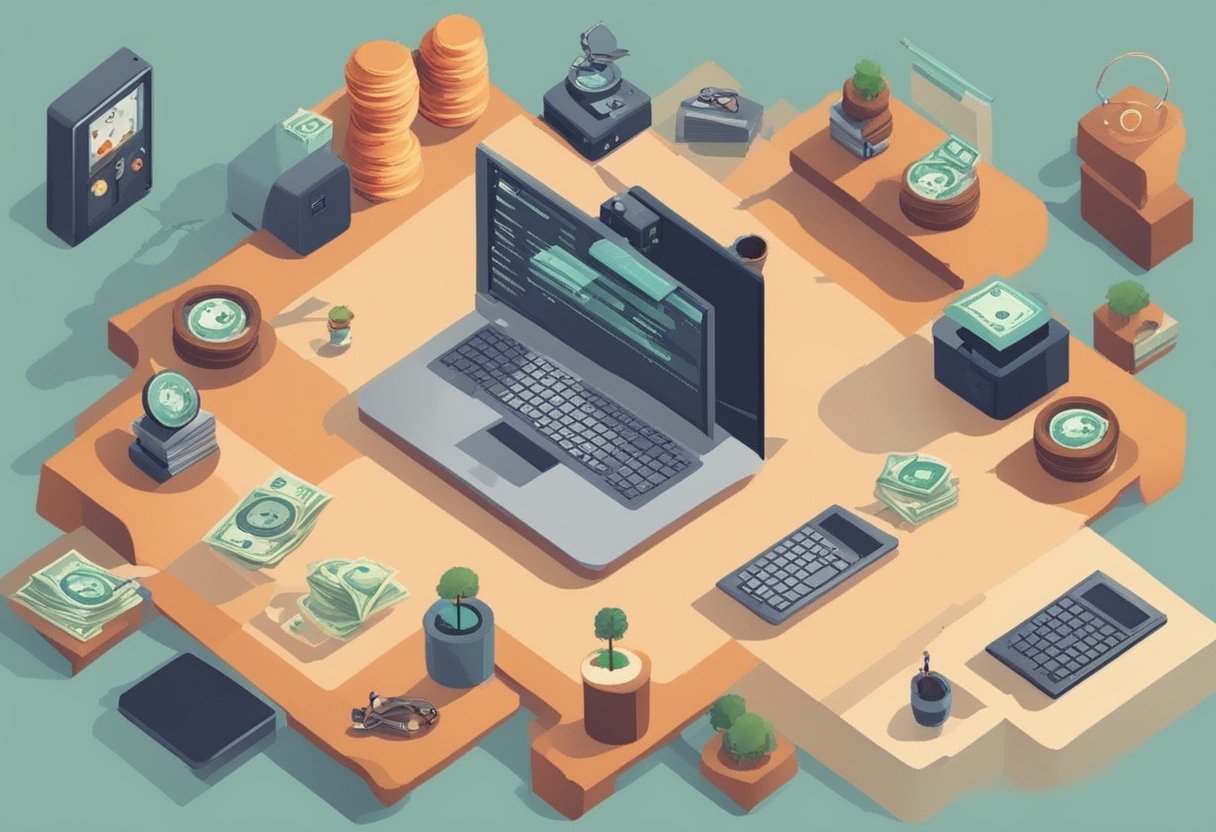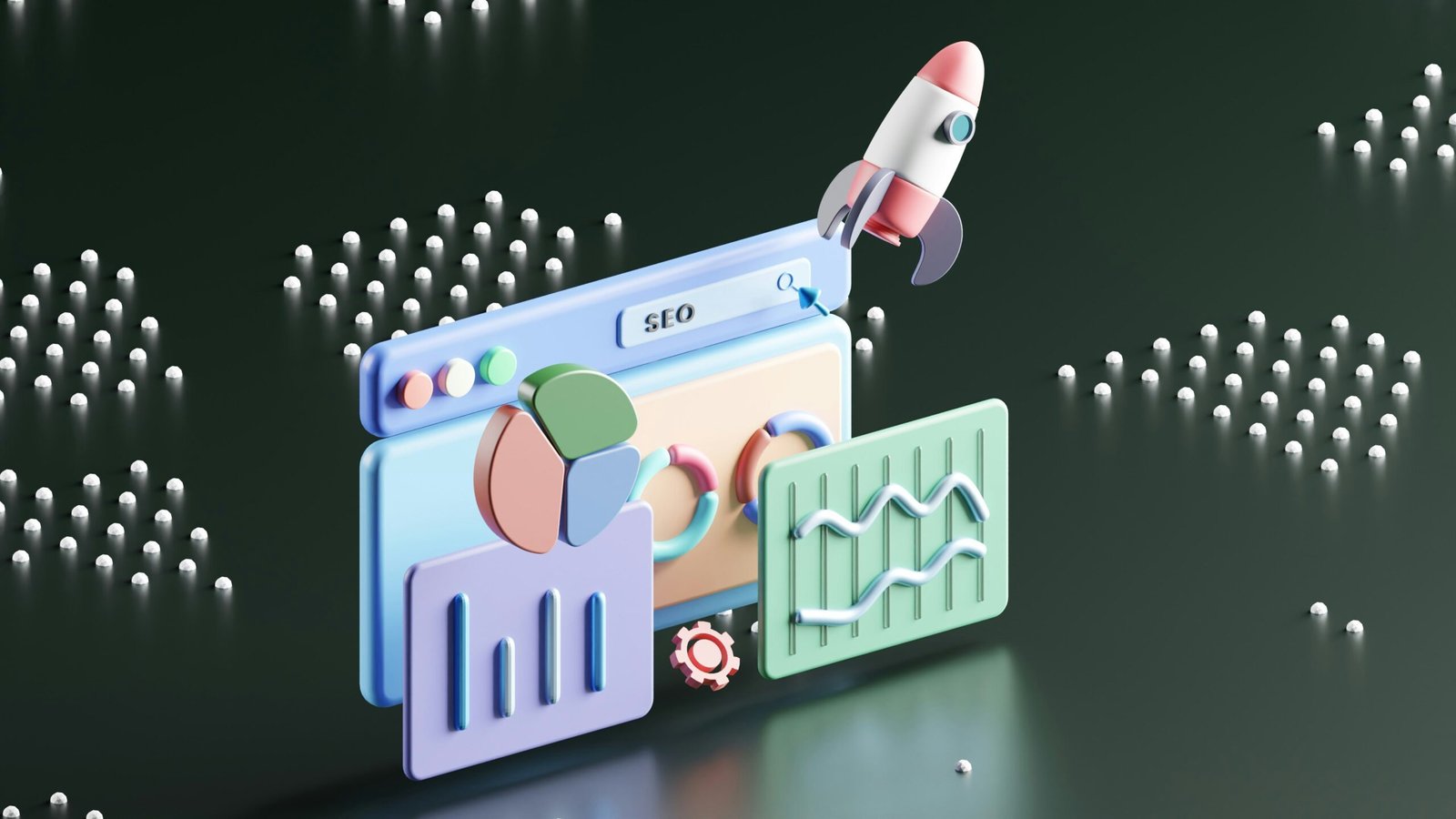Create and Monetize Games: Ultimate Coding Guide for Success

How to Create a Game Using Coding and Get Money: The Ultimate Guide.

Building a game is an enterprise full of money-making potentials. very exciting, since it combines creativity and technical skills for any developer today. If you are a games enthusiast looking to turn your coding skills into a profitable business, then this is the guide for you. We will help you through these essential steps on how to make a game by coding and further make money out of it with very valuable insights and tips to set you on the right track towards success.
1. Choice of Game Development Tools
When coding a game, the first step is to decide on the right tools and platforms for that. Most Useable ones are shown below.
Unity: A general purpose game engine targeted at the development of 2D, 3D, and VR games. Unity uses C# for scripting. Because of this, it is an ideal platform for those developers who have earlier exposure to coding.
Unreal Engine: It provides excellent graphics and advanced functionality. Since Unreal Engine was designed to work with C++ and the self-made scripting language, Blueprints, it’s good for games that include high-fidelity graphics.
Godot: Godot is an open-source game engine, more accessible to beginners, and can be used by many different programming languages like GDScript, C#, and C++.
2. Learn the Basics of Game Programming
Before getting into the development of a game, the first thing to learn is the basics of game programming. Start by learning
Programming Languages: Depending on the chosen engine, learn languages such as C#, C++, or Python.
Game Design Principles: Grasp the concept of game mechanics, user experience, and level design.
Mathematics and Physics: It will turn out to be very useful to learn vectors and matrices and physics simulations, which are basic concepts in creating game interactions that look and feel real.
3. Plan Your Game Idea
It is one of the most important things in both development and profitability. Do this by:
Brainstorming and Research: Identify your target audience, and then research games similar to yours to find your niche.
Write a Game Design Document: Attach to paper your game’s storyline, characters, mechanics, and goals. This document will Give details For your steps to follow for development Steps.
Prototyping Your Game: Building a simple version of your game in order to test ideas, further fleshing out gameplay mechanics.
4. Develop Your Game
When you have a solid plan in place, it’s time to start coding and developing your:
Build Core Mechanics: Develop basic gameplay mechanics, including player controls, in-game physics, and AI behavior.
Design Levels and Assets: You will need to create or acquire the 2D/3D assets, animations, and sound effects. You can use Blender or Adobe Photoshop for this step.
Test and Iterate: Test your game frequently to detect and remove bugs. Get feedback from playtesters and improve the user experience.
5. Monetize Your Game
There are a number of ways to make your game a paying product:
Paid Downloads: a one-time fee paid by players for downloading the game. Such a model fits best in only those games which have extremely high quality and are feature-rich. In-App Purchases: Provide more additional value/feature within a game for which the players can pay. Common in mobile games. Advertisements: Build ads inside the game, such as banner ads or rewarded video ads, and earn from player interactions.
Subscriptions: Provide premium content or features through subscription that prolongs its value to players for a longer period.
Crowdfunding: Crowdfunding on Kickstarter or Indiegogo would yield interest and funds for your game even before its release.
6. Market and Promote Your Game
If you want to generate money, you will have to market your game in an appropriate fashion. Following are the few ways to promote your game:
Build a Website: A professional website will let people inform about your game. You can share development updates with people and interact with your audience.
Leverage Social Media: Share news, teasers, and engage with fans on places like Twitter, Facebook, and Instagram.
Reach Out to Gaming Communities: Network and create awareness by joining forums, subreddits, and online groups interested in game development and gaming.
Press and Reviews: Reach out to gaming journalists, bloggers, and influencers to review and showcase your game.
7. Analyze and Optimize

Track Metrics: Follow user engagement, retention rate, and revenue through tools for analytics. Provide updates/patches for fixing issues, adding more content, and improving game plays based on feedback from players. Adapt Strategies: Monetization and marketing strategies should be attuned in the light of performance data and market trends. Conclusion
Changing a game that you have coded into cash involves technical and creative parts, along with strategic planning. With the right tools and by learning the basics, you will be better off with a good game plan and marketing. Stay focused, keep learning, and adapt to the dynamic changes in the gaming world to maximize the potential of your game.
You never know, you might just end up making the next blockbuster in gaming!
If You Are Facing Any Other Issue You Can Contact Us
You Can Join Our Pinterest Account:






